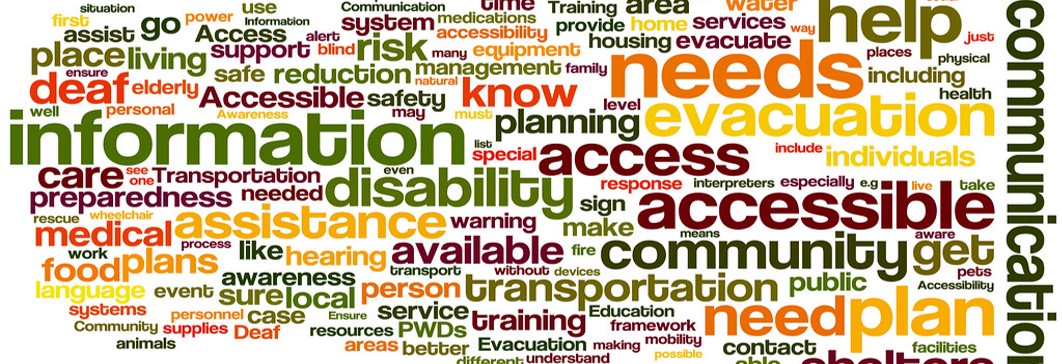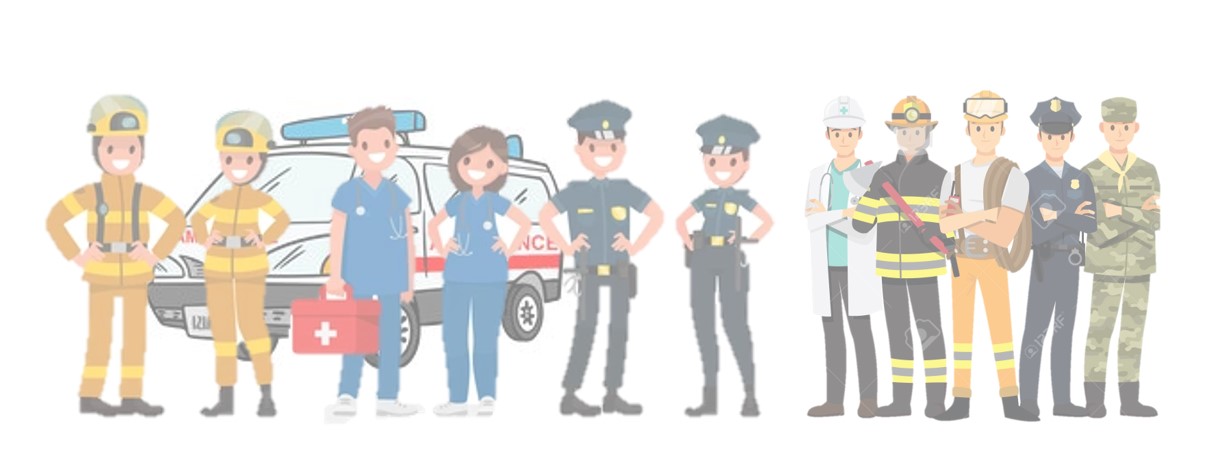General
- View
The undergraduate course in Disaster Nursing is not only timely, but a much-needed academic preparation for future nurses in order to be more competently responsive to the changing health landscape brought about by environmental, socio-political, and economic factors among others. This introductory module revisits the disasters that has occurred (focusing more on natural disasters) and looks at related factors and impact of disasters based on global and local data and studies.
In any endeavor, especially when it involves decision-making and implementation of agreed-upon plans and strategies, those involved (at all levels) should be able to understand each other through a common language, terminologies and common platform. This will enable not only understanding but better participation and action of all stakeholders. This is likewise important in disaster risk reduction and management. Shared frameworks and plans provide a common reference point that enable people to interpret and understand one another, and serve as take-off points for implementing plans.
This study guide presents the basic concepts and terminologies in use in disaster risk reduction and management. It also presents the international and local disaster management frameworks that serve as basis for policy development, decision-making and formulation of plans and strategies to reduce the negative impact of disasters for a sustainable development in and across countries. These will be helpful throughout the disaster continuum phases.
This session focuses on nurses and the role they play across the disaster continuum: from deskwork to active participation in disaster response, and afterwards in ensuring a continuity of efforts to help survivors and communities in the recovery and rehabilitation phase. In addition to their roles, we will look into the required competencies to fulfill these roles. A specific topic will look into nurses and health care responders during disasters as recipients of care and not just as providers.
The Impact of Health Emergencies and Disasters: Challenges and Lessons Learned
Living Amidst Disasters: Knowing the Risks and Learning to Cope
Living Amidst Disasters: Knowing the Risks and Learning to Cope

This session (Part 1) will focus on understanding disaster risk reduction (DRR), the primary guiding concept that informs nurses' work in emergencies and disasters. We will also look deeper into disaster risk - the interplay of hazard, exposure, vulnerability and capacity, and how these are important in assessment/analysis, planning, implementation and evaluation of nursing interventions across the disaster continuum.
Also discussed in this module are important and common terms used by the government, civil society, and development partners in DRR and DRRM work; frameworks used for disaster risk assessment and analysis, mechanisms or ways to reduce disaster risks; and minimum but very essential DRR actions at the community level and the health system.

This session (Part 2) focuses on two phases or thematic areas of disaster risk reduction namely (1) disaster prevention and mitigation, and (2) disaster preparedness.
The study guide outlines the essential nursing interventions and collaborative activities for each phase.
Read and be guided with the adjustments: plenary sessions, skills lab and fieldwork

Prehospital care is provided by emergency medical services (EMS) responders, or in mass casualty incidents by the Disaster Management Team (DMAT), who are the initial health care providers at the scene of disaster. EMS/DMAT personnel (many of whom are nurses) often are the first to recognize the nature of a disaster and can immediately evaluate the situation and determine the need for resources, including medical resources. On the other hand, communities bear direct and indirect impacts of disasters and emergencies. Public health approaches, strategies and measures are needed most especially in the first 72 hours post-disaster.
According to Sphere (2011) and IASC (2007), psychological first aid (PFA) describes a humane, supportive response to a fellow human being who is suffering and who may need support.